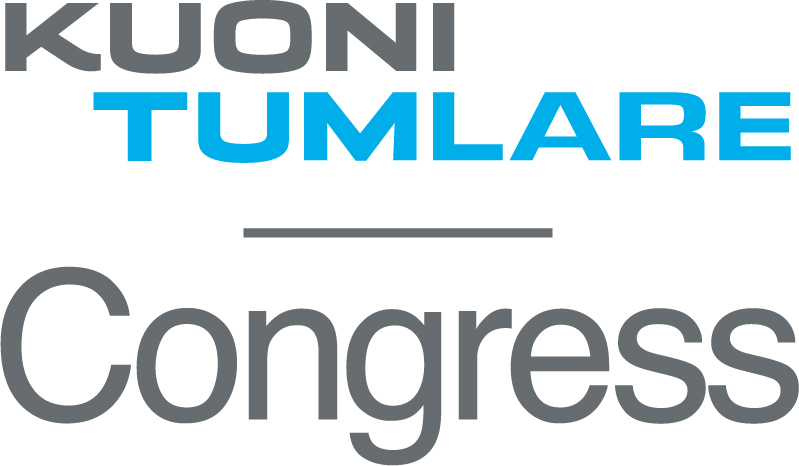Symposium S13
23-24 June 2025
Globular Clusters: Exploring Multiple Stellar Populations at the Frontier of Spectroscopy, Photometry, and Dynamics

News:
Contributed talks: 12 + 3 minutes for questions
Aims and scope
Globular clusters provide a powerful tool for decoding the Milky Way?s history, offering a direct link between large-scale galactic structures and the life cycles of individual stars. Their chemical and dynamical properties preserve vital clues about the formation and evolution of the Galaxy, shedding light on the processes that have shaped its structure over billions of years. As some of the oldest and most massive stellar systems, globular clusters serve as stellar fossils, preserving crucial insights into the Milky Way early epochs. Many stars in the Galactic halo are thought to have originated in globular clusters that dissolved over time, highlighting their significant contribution to the Galaxy's assembly.
Recent discoveries have revealed that globular clusters are far more complex than once thought. It is now widely accepted that multiple stellar populations (MPs) in globular clusters reflect intricate star-formation histories, where second-generation stars, enriched in helium and light elements such as sodium and nitrogen, formed from material processed by the first generation. The discovery of MPs has fundamentally changed our understanding of stellar formation and evolution, uncovering physical processes that occur only in the dense and extreme environments of globular clusters. Understanding their origin and evolution is key to reconstructing the role of globular clusters in shaping the Milky Way and its stellar populations.
This session aims to bring together researchers from various disciplines to discuss the latest advances in the study of globular clusters, focusing on their formation, evolution, and the presence of multiple stellar populations.
The session will explore how observations using techniques such as spectroscopy, photometry, and dynamics, combined with theoretical modeling, can connect scientists from different fields and offer new insights into how globular clusters have shaped the universe we observe today.
Programme
The role of stellar dynamics in cluster evolution
Globular clusters and the Milky Way evolution
Understanding the origin of multiple populations
Synergy between spectroscopy, photometry, and dynamics
Globular clusters and multiple populations in extraGalactic environments Insights from young star clusters
Future prospects and surveys:
Invited speakers
- Danny Horta (Flatiron Institute)
- Maria Vittoria Legnardi (University of Padova)
- Antonino Milone (University of Padova)
- Florian Niederhofer (Leibniz-Institut für Astrophysik Potsdam)
- Giulia Pagnini (Observatoire Astronomique de Strasbourg)
Scientific organisers
Giacomo Cordoni (Chair, Australian National University, AUS)
Emanuele Dondoglio (co-Chair, INAF-Padova, IT)
Amanda Karakas (Monash University, AUS)
Mattia Libralato (INAF-Padova, IT)
Anna Marino (INAF-Padova, IT)
Davide Massari (INAF-Bologna, IT)
Alessandra Mastrobuono-Battisti (University of Padova, IT)
Madeleine McKenzie (Carnegie Observatories, US)
Contact
Giacomo Cordoni (Australian National University) giacomo.cordoni @ anu.edu.au
Emanuele Dondoglio (INAF-Padova) emanuele.dondoglio @ phd.unipd.it
Updated on Thu Jun 19 08:50:00 CEST 2025

 A power cut will shut down all EAS services on Tuesday, 10 January 2017 starting at 7:30 CET.
A power cut will shut down all EAS services on Tuesday, 10 January 2017 starting at 7:30 CET.

